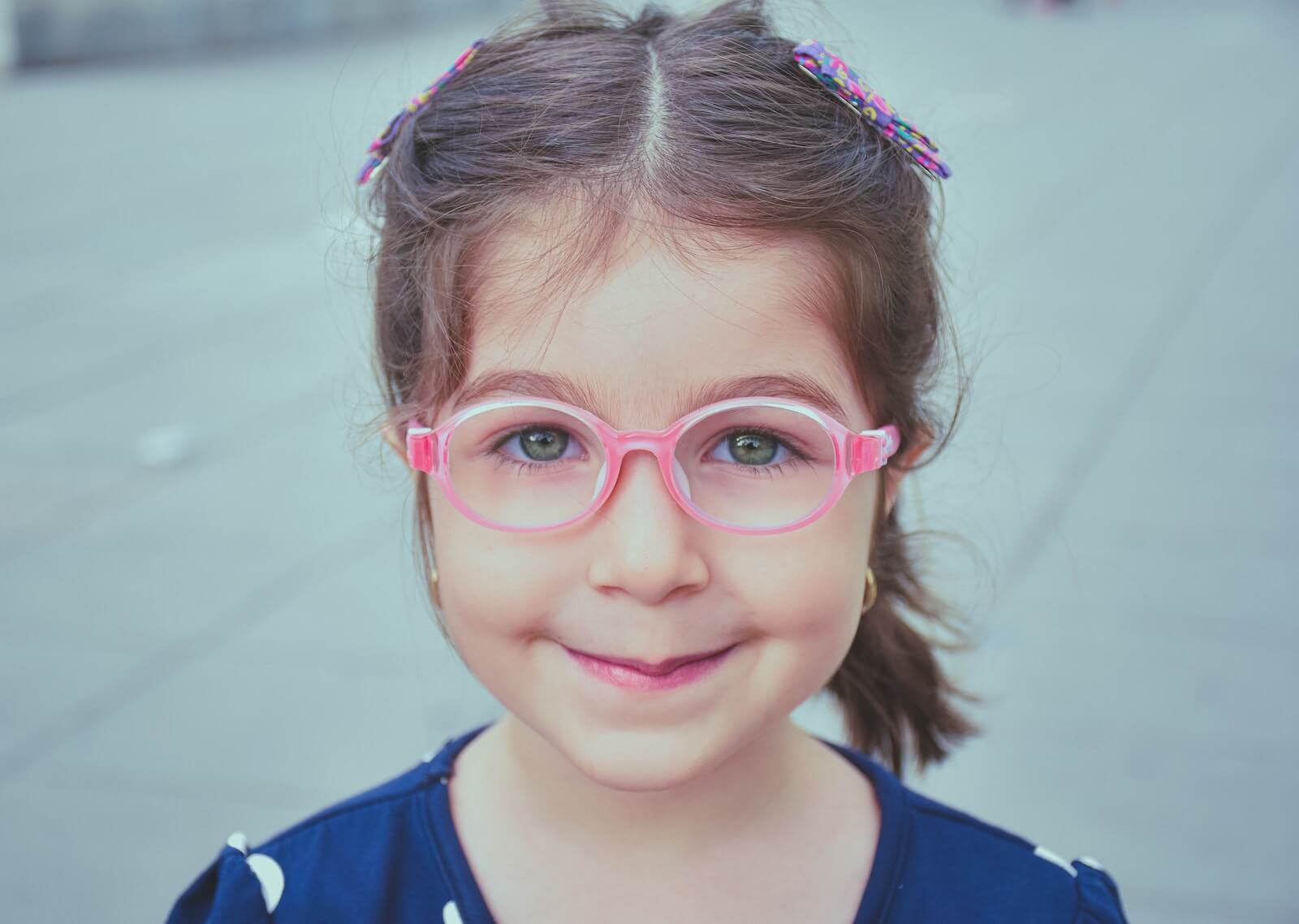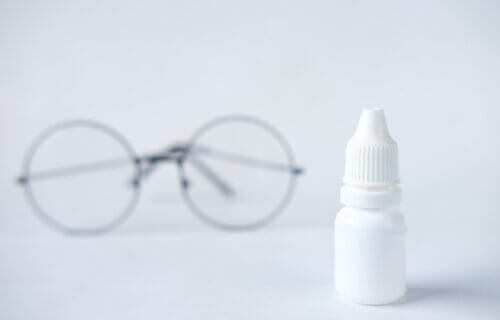COLUMBUS, Ohio — More and more young kids are ending up needing glasses these days. While studies continue to debate whether too much screen time is to blame, researchers in Ohio may at least have a solution to the problem. New clinical trials show that atropine eye drops could slow down the development of nearsightedness in children, possibly becoming to the first drug therapy to do so.
“This is exciting work for the myopia research community, which I’ve been part of for 35 years. We’ve talked about treatment and control for decades,” says lead study author Karla Zadnik, a professor and dean of the College of Optometry at The Ohio State University. “And it’s exciting to think that there could be options in the future for millions of children we know are going to be myopic.”
The three-year trial found that just a daily drop of low-dose atropine, a drug that dilates pupils, performed better than a placebo at reducing eyeglass prescription changes and preventing elongation of the eye in nearsighted kids between six and 10 years-old.
Elongation of the eye ultimately leads to myopia, or nearsightedness, in young kids. It tends to worsen during the teen and adolescent years, before leveling off during adulthood. People with the condition not only require glasses for life, but they are also at an increased risk of developing retinal detachment, macular degeneration, cataracts, and glaucoma later on. Corrective lenses only help people see better, they don’t stop progression of myopia or reduce the risk of these long-term complications.
“The idea of keeping eyeballs smaller isn’t just so people’s glasses are thinner – it would also be so that in their 70s they don’t suffer visual impairment,” says Zadnik in a university release.

Animal studies have previously shown that atropine could potentially slow down eye growth, but nothing conclusive came from those works when it came to human therapy for myopia. This study compared .01 percent or .02 percent atropine doses to a placebo in 489 children. At bedtime, the kids received one drop in each eye. To the team’s surprise, the lower dose yielded the most significant improvements. Even though the 0.02 percent atropine formulation was better at slowing the myopia progression compared to the placebo, the results weren’t as consistent.
“The .01% story is clearer and more obvious in terms of significantly slowing both the growth of the eye as well as then resulting in a lower glasses prescription,” says Zadnik.
Zadnik also talks about how important it was for their research to include measuring the eye’s growth, because “the field is actually moving toward axial elongation being as important as, or more important than, the glasses prescription in terms of the most meaningful outcome. If we’re trying to slow eye growth to prevent bad outcomes for people in their 80s, measuring the eye growth directly is really important.”
To assess safety, the preservative-free drug was tested in a larger sample of 573 participants as young as three, all the way to 16 years-old. Both doses were safe and tolerated well. Most commonly, side-effects included light sensitivity, allergic conjunctivitis, eye irritation, dilated pupils, and blurred vision, but there were few of these reports.
Vyluma, the New Jersey development-stage biopharmaceutical company that manufactured the drug, has submitted a New Drug Application to the FDA to seek approval in the United States and has partnered with two companies to commercialize the product outside the country as well. If the drug becomes federally approved as a therapy, it would be distributed in single-use packaging for convenience purposes and to prevent contamination.
The findings are published in the journal JAMA Ophthalmology.
You might also be interested in:
- Screen time linked to higher risk of nearsightedness in young people
- Best Blue Light Glasses: Top 5 Pairs Most Recommended By Experts
- Parental blindness? Half of parents don’t know screen time damages their kids’ vision


Increased rates of myopia in children isn’t just about screen time. Nearsightedness has been on the increase for decades and many cases could be prevented by delaying formal academics and reading instruction until young eyes are ready.
There is an inversely proportional relationship between the lowering of mandatory school age and the increase of myopia. Too much close-up focusing causes the eye to become elongated, causing images to focus in front of the retina, hence myopia.
Young children don’t need to be laboring over workbooks or staring at screens. They need to be outdoors running, playing, and developing balance and coordination as they practice gross motor skills. If we waited until children were truly ready (both cognitively and intellectually,) to learn to read, they would learn easily in a matter of days or weeks what would have otherwise taken months or years, avoiding so much burnout and failure.
My own son had no reading instruction until age 8. One year later, he was reading on a 5th grade level and went on to become an avid life-long reader and learner (and has perfect vision, BTW.)